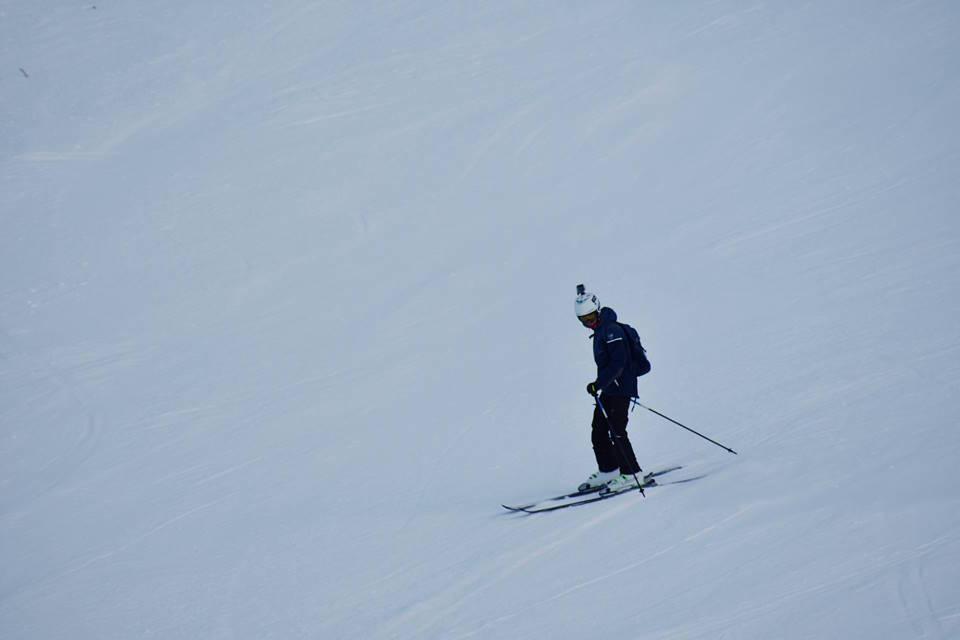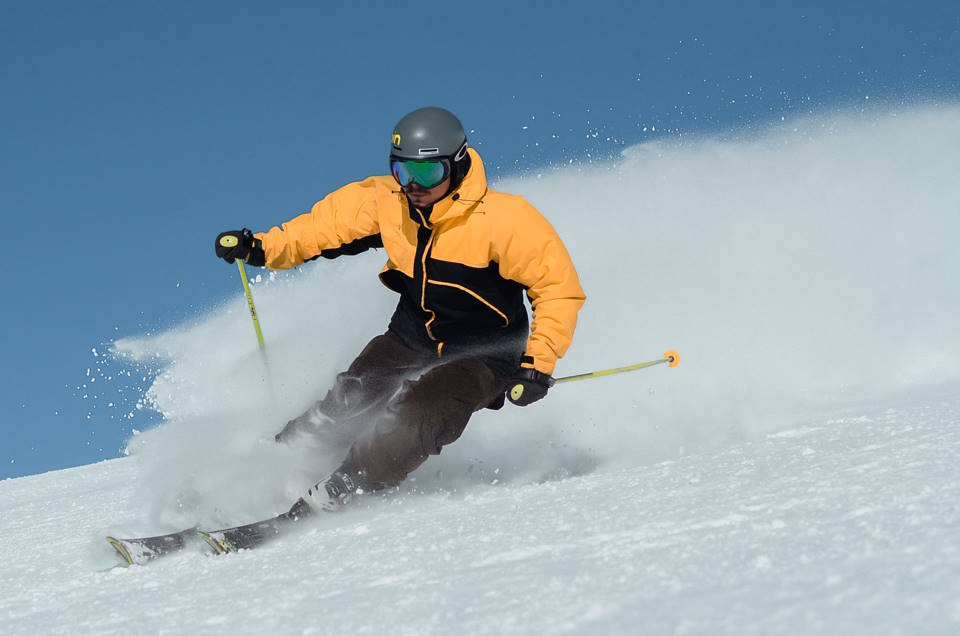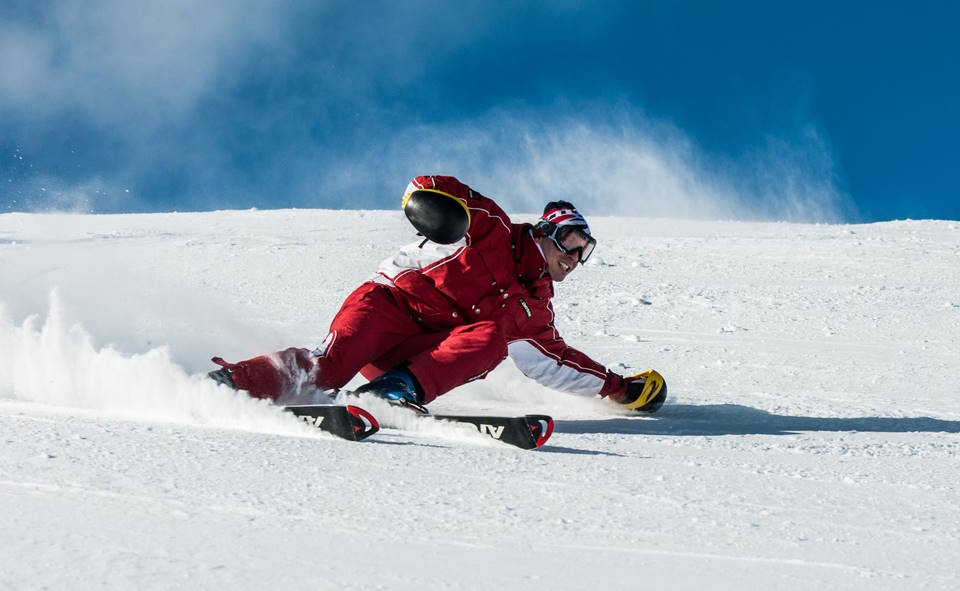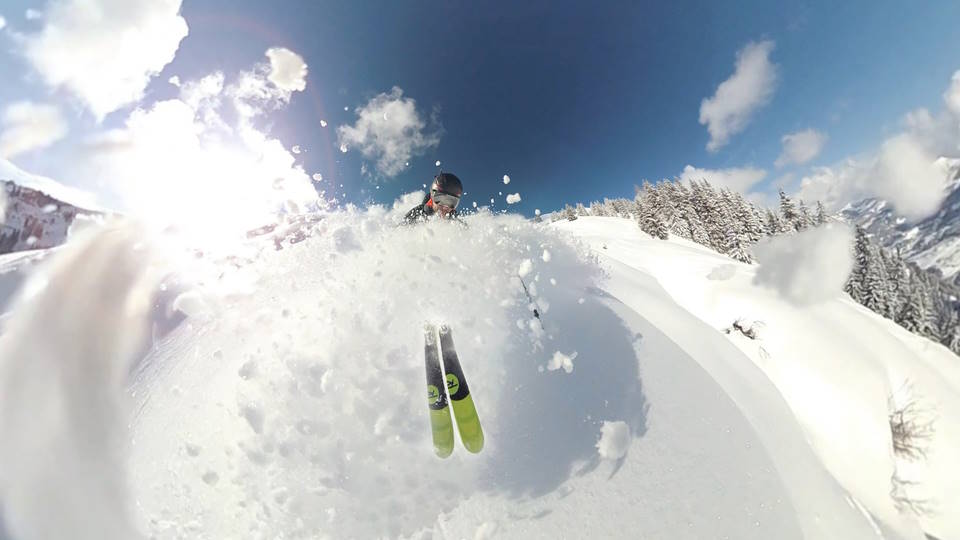Are you a beginner skier wondering what size ski poles you need for your next adventure on the slopes? Choosing the right size ski poles is essential for your performance and comfort while skiing. In this blog post, we will explore the factors that go into determining the correct ski pole size for you. From understanding ski pole sizing to measuring for the right fit and learning about the impact of pole size on your performance, we’ve got you covered. By the end of this post, you’ll be well-equipped to make an informed decision about the perfect ski poles for your next skiing expedition. So, let’s jump right in and demystify the process of finding the ideal ski pole size for your needs.Discover the impact of ski pole sizing on performance. Learn how to measure for the right fit and choose the correct length for
Understanding Ski Pole Sizing
Choosing the correct length of ski poles is essential for optimal performance on the slopes. The right size will provide the necessary balance and stability, while the wrong size could throw off your skiing rhythm and even cause fatigue or discomfort.
Measuring for the right fit involves standing in your ski boots and holding the poles upside down, with your hands gripping the ski poles just below the basket. Your elbows should be at a 90-degree angle. If the angle is less than 90 degrees, the poles are too long. If the angle is greater than 90 degrees, the poles are too short. Getting the correct length is crucial to ensure that you have the right balance and maneuverability.
Impact of pole size on performance is significant as it affects your skiing technique. For example, skiers who prefer aggressive, high-speed turns may opt for shorter poles to reduce drag and increase maneuverability. On the other hand, skiers who prefer a more relaxed, upright skiing style may choose longer poles for added balance and stability.
It’s important to understand that sizing is not one-size-fits-all. Pole sizing can vary depending on your style of skiing, height, and personal preference. Taking the time to measure for the right fit and understand the impact of your pole size on performance can make a big difference in your overall skiing experience.
Measuring For The Right Fit
When it comes to selecting the right size ski poles, there are a few key measurements to keep in mind. One of the most important factors to consider is your height. The general rule of thumb is that your ski poles should be long enough to create a 90-degree angle at your elbows when holding the poles upright. This means that if you are taller, you will likely need longer poles, and if you are shorter, you will need shorter poles.
Another measurement to consider is your skiing style. If you are more of a freeride or backcountry skier, you may prefer slightly longer poles for better balance and support. On the other hand, if you are primarily a groomed trail skier, you may opt for slightly shorter poles for better maneuverability and control.
It’s also important to take into account the type of terrain you will be skiing on. Steeper slopes may require longer poles to help with stability and push-off, while flatter terrain may warrant shorter poles for quicker turns and ease of movement.
Ultimately, the right size ski poles for you will depend on a combination of your height, skiing style, and terrain preferences. By taking these factors into consideration, you can ensure that you select the perfect size ski poles to enhance your performance and enjoyment on the slopes.
Choosing The Correct Length
When it comes to skiing, having the right size ski poles is essential for a great performance on the slopes. The correct length of ski poles can impact your balance, speed, and overall skiing experience. Here’s a guide to help you choose the correct length for your ski poles.
First, stand in your ski boots on a flat surface. Hold the ski poles upside down, with the grips touching the floor. The ideal ski pole length should allow your arms to be at a 90-degree angle when holding the poles. If your elbows are forming more than a 90-degree angle, your poles are too short. On the other hand, if your elbows are less than 90 degrees, the poles are too long.
Another way to determine the correct length is to consider the type of skiing you will be doing. For alpine skiing, the poles should reach your armpits. For cross-country skiing, the poles should reach around your chin. And for freestyle skiing, the poles should be slightly shorter than for alpine skiing.
It’s important to note that adjustable ski poles are also available, which can be a great option for skiers who want versatility in their poles. These poles can be easily modified to fit different terrains and skiing styles. Just remember to adjust them according to your needs each time you hit the slopes.
Impact Of Pole Size On Performance
When it comes to skiing, the size of your poles can have a significant impact on your performance on the slopes. The length of your ski poles affects your overall balance and stability, as well as your ability to navigate through different terrain and snow conditions. Choosing the correct length of ski poles is crucial for maximizing your performance and enjoyment on the mountain.
Measuring for the right fit is essential when it comes to ski poles. Properly sized poles should create a 90-degree angle at your elbows when you hold them in a vertical position with the tips touching the ground. If the poles are too long, they can throw off your balance and make it difficult to initiate turns. On the other hand, if the poles are too short, you may find yourself leaning forward too much, which can impact your overall control and speed.
Understanding ski pole sizing is important for ensuring that you have the right equipment for your skiing style and ability level. For example, freestyle skiers often prefer shorter poles to allow for more maneuverability and tricks, while alpine skiers may opt for longer poles to assist with stability at high speeds. It’s also worth considering the type of terrain you’ll be skiing on, as different conditions may call for adjustments in pole length.
Ultimately, the size of your ski poles can greatly impact your performance on the mountain. By choosing the correct length and understanding the role of pole size in skiing, you can improve your balance, stability, and overall enjoyment of the sport. Whether you’re a novice skier or a seasoned pro, taking the time to find the right ski poles for your needs can make a world of difference in your performance.








